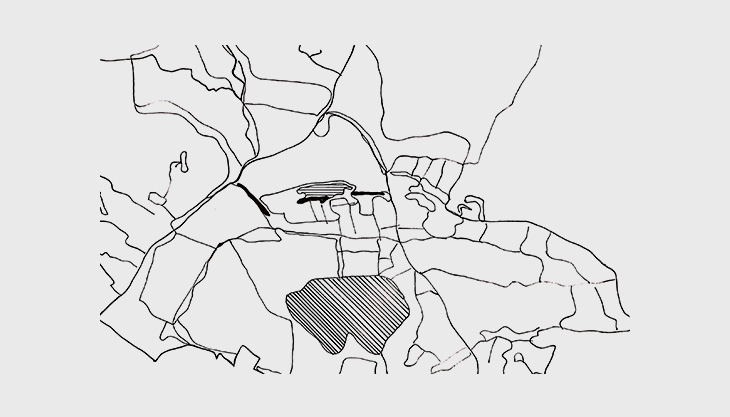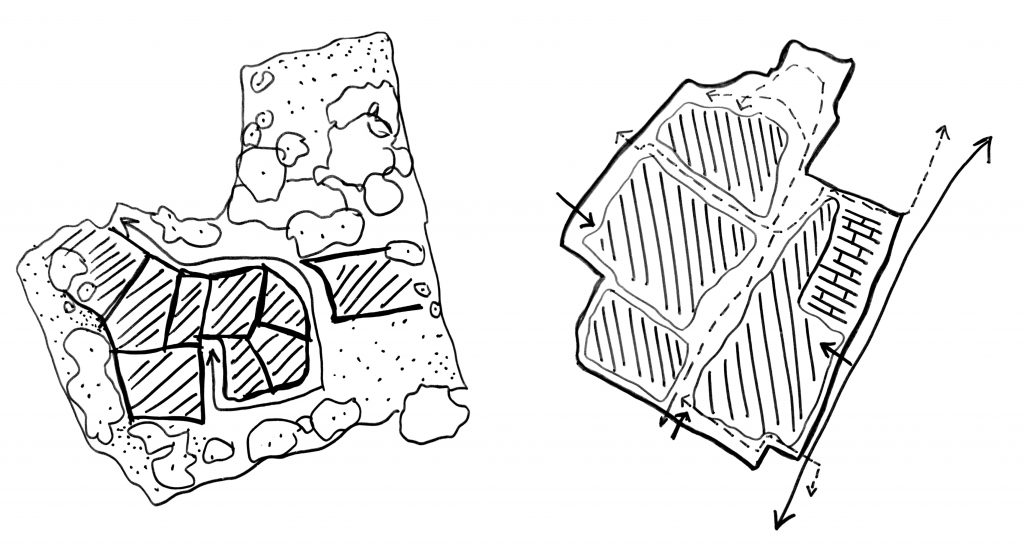
Neighbourhood planning packages including design guidelines, codes and masterplanning proposals, UK
GENERAL INFORMATION
- Location: UK
- Professional work | AECOM | 2018 – today
- Neighbourhood Planning is part of a new approach in planning which aims to give local people more saying about what goes on in their area. This is set out in the ‘Localism Act’ which came into force in April 2012. AECOM has been commissioned to provide technical advice to the Neighbourhood Planning (NP) Groups to help with the development of their Neighbourhood Plans.
- Neighbourhood Planning packages can be simple or more complex varying from design code exercises to masterplanning and public realm improvements.
PERSONAL CONTRIBUTION
Having worked on more than 20, and still counting, packages within 3 years, I had the opportunity to visit many places in the UK and get to know different boroughs, towns and villages. These packages are relatively small-scale 6-month projects.
My daily work and tasks would include site visits; this is the first step to initiate the process. Visiting these places and meeting with the NP Group is crucial to get an in-depth understanding of the area and people’s views concerning future development. Talking with the local people sets the first layer of the analysis since they know their area better than anyone. Design workshops are likely to be organised in the case of more complex packages, where engagement with a wider group of people is needed. Desktop analysis is the next step aiming to bring on the surface all the characteristics of the place that make it unique, build a strong baseline to support their importance and start producing the final product, e.g. report, masterplan etc. There are cases, where more than one internal team is involved; masterplanners usually work with landscape architects, transport engineers, planners, sustainable engineers etc. if the final outcome requires an input from these disciplines. These tasks form part of the basic routine that is followed in all packages. More details on the packages:
Design Codes & Guidance: This package aims to build a local character analysis of the area, listing all the characteristics that make it unique. These characteristics will later form the baseline for the Design Codes & Guidance. Urban design elements like street pattern, building typology and density, character areas, architectural styles and materials, green spaces, public realm, water features form the identity of the area. This identity needs to be preserved in future development and therefore, these characteristics should be taken as inspiration. The Design Codes & Guidelines create a set of principles that should be followed in future development in order to create thriving neighbourhoods that feel local and connected to the existing settlement.
Masterplanning Exercises: This package includes high level framework or more detailed design exercises for sites within the Neighbourhood Plan Area. These sites have been brought forward either officially by the Local Plan or by the NP Group themselves. In any case, there is a development interest and local people seek technical and design advice on how to better make use of this particular site. Our role, in the masterplanning team, is to make sure that the proposed high level design follows a set of urban design principles that are proved to create successful places. Design workshops are often organised for these packages in order to discuss design proposals with the NP Group and receive feedback. It is always very useful to gather around a table and start scribbling. The level of design details depends on each package. The images below are design concept exercises showing development plots, green spaces, vehicle and pedestrian movement.

FINAL THOUGHTS AND CONSIDERATIONS
Having worked on Neighbourhood Planning packages for 3 years now, my view and thoughts are:
- Engagement is the key: Talking to the people and listening to what they have to say is a skill. Implementing what you listen into design requires another. The more you practice the more these skills are boosted. Meeting with the locals, communicating with them, organising and participating in design workshops, all aim to build a good understanding of the local context. We, as designers, are called to apply our design skills later on; the first step is learn how to listen.
- Problem-solving before designing: We need to consider ourselves as problem solvers, where the first task is to understand the context, the potential issues or threats and how those sit within the context. Design should come later in the process when an in-depth understanding has been achieved.
- Small-scale masterplanning: Masterplanning packages have been proved very useful for a variety of reasons. I have had the opportunity to participate in the full cycle of a design project and be responsible for the whole package. As a result, I constantly improve my soft, managerial and design skills.
- Constantly mastering UK context: Working on all these places located in different boroughs and districts gave me a wider knowledge of the planning and policy context. This is a useful tool for my skillset and it could be applied outside the Neighbourhood Planning as well.
